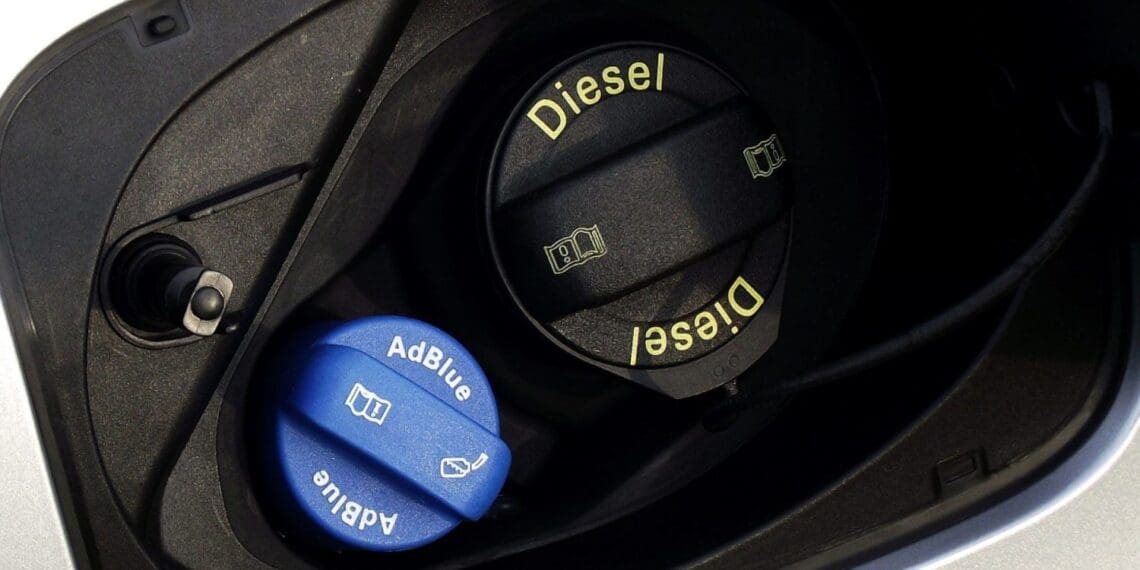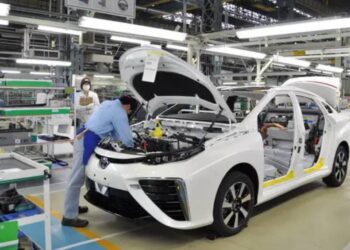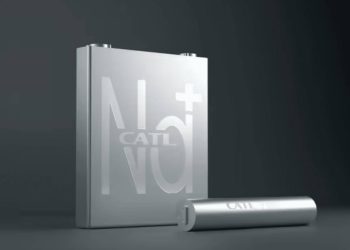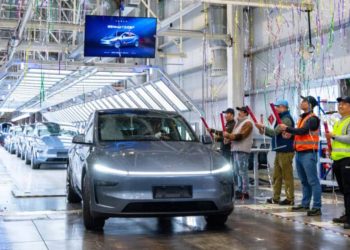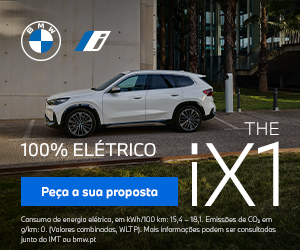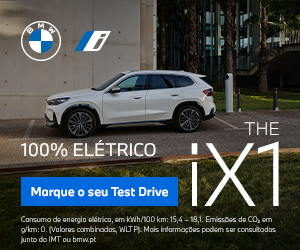The reduction of emissions of pollutant gases from the operation of Diesel engines has long been a global priority driven by increasingly strict environmental regulations, particularly in Europe. One of the solutions found to achieve goals and mitigate harmful effects was the use of an additive called AdBlue.
AdBlue is a liquid solution based on urea (a substance, for example, found in urine), which, when in contact with a hot surface or environment, releases ammonia, which is a catalyst for a chemical reaction that converts the harmful nitrogen oxides released by diesel combustion into two products of a less harmful nature: water vapor and nitrogen. Both occur naturally, so they can be expelled from a diesel car equipped with AdBlue without harmful effects on the environment.
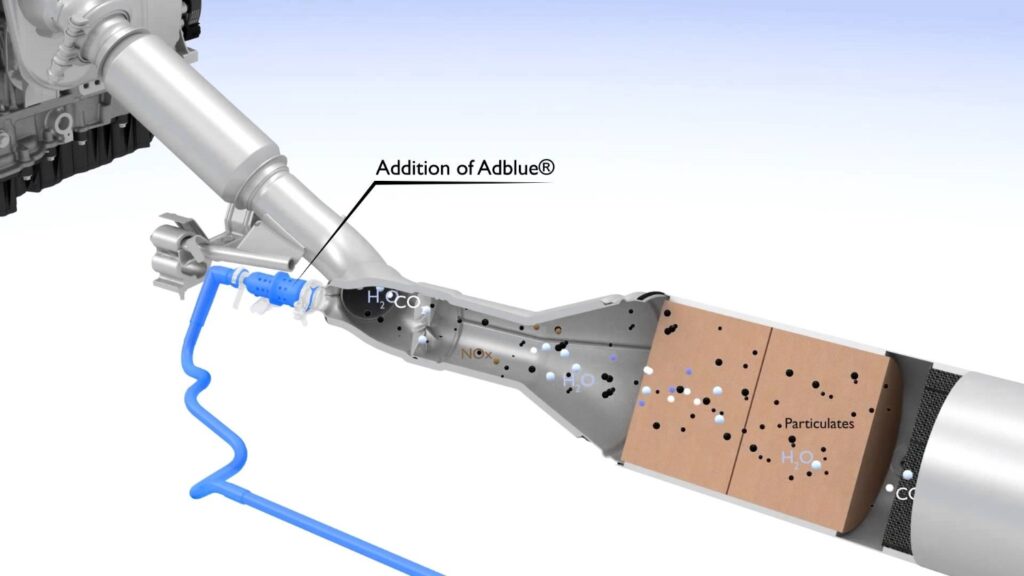
The metric of AdBlue, that is, the amount to be injected during combustion, is fully managed by the car’s electronics, so it is up to the driver to only know when and how to refuel. And unlike fuels, there is no need to be afraid or take extra care when handling AdBlue containers at the time of refueling, since the liquid is inherently safe, being composed of 67.5% deionized water and 32.5% urea.
The urea used here is not of animal origin. The substance used in Diesel cars is a synthetic compound created by exposing synthetic ammonia and carbon dioxide to heat. In addition to being used in liquid form, AdBlue suppliers also produce dry ‘pellets’ that are used in agriculture as fertilizers. When the use of AdBlue was initially considered for the automotive industry, the additive was designed to be handled only by workshops so that drivers would not have to worry about levels, with the dealer ensuring sufficient AdBlue in the onboard tank to travel about 15,000 kilometers between service appointments. However, maintenance intervals have increased, so it would be necessary to install (heavy) tanks with more than 60 liters in each car… This led to an adaptation of the process, with the installation of much smaller tanks, forcing the driver to pay attention to the need to refuel. With tanks of different sizes, between 5 and 20 liters, and a medium-sized diesel vehicle consuming about one liter of AdBlue every 1000 kilometers, those who travel long distances will have a greater need to refuel with AdBlue.
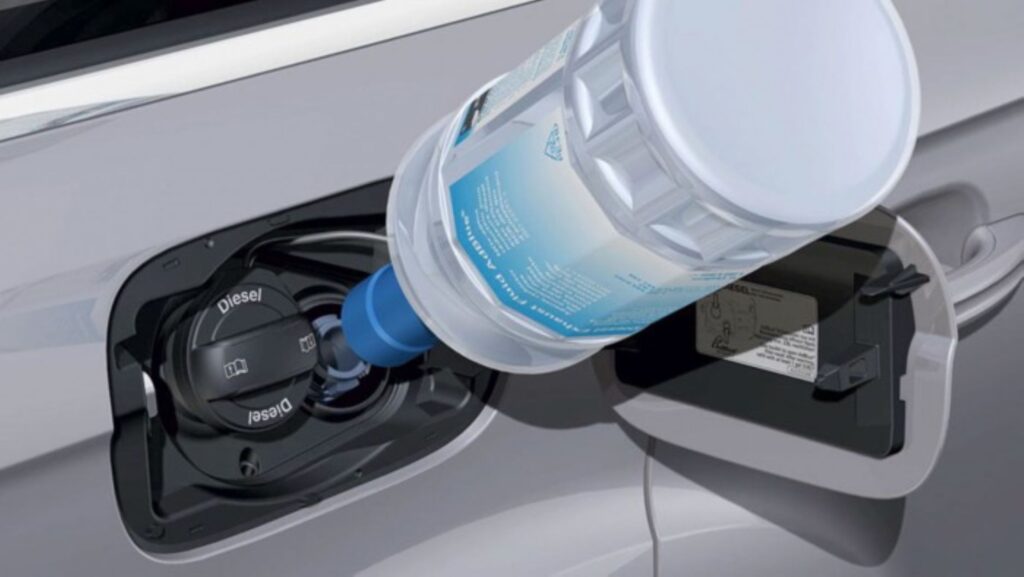
Fortunately, the car monitors consumption and will give you a series of warnings on the instrument panel as the level drops. It is wise not to ignore them, as once the AdBlue is depleted, the engine will not start, in order to ensure that cars do not circulate illegally with high emissions.
Filling up the tank is extremely simple. Currently, the AdBlue filling cap is located next to the diesel nozzle, and AdBlue is usually sold in convenient containers that pour (almost) without dripping – which is important, since although it is harmless to people, it can be corrosive to the vehicle’s paint – and the smell is also not pleasant… Older cars may have AdBlue filling caps inside the vehicle or under the hood, but the instruction manual will tell you where to find it.
What vehicles use AdBlue?
Heavy vehicles – trucks, buses, and coaches – have been using Selective Catalytic Reduction (SCR) technology and AdBlue since 2004, and some light vehicle manufacturers have been using it almost since then, such as Mercedes and Volkswagen.
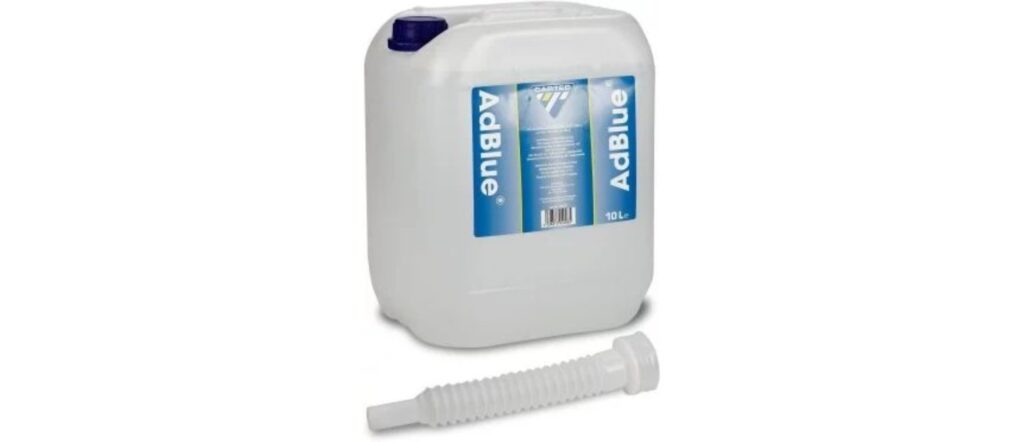
It was the latest regulations on pollutant emission standards from the European Commission that really drove an explosion in SCR technology in light vehicles with diesel engines. The Euro VI regulations introduced in 2014/15 required a 56% reduction in nitrogen oxide emissions compared to Euro V levels. For most diesel engines with a capacity of over 1.6 liters, AdBlue and SCR technology were the only way to achieve these targets.
The combustion of diesel releases a wide range of pollutants and chemicals into the atmosphere from the exhaust pipe. Nitric oxide and nitrogen dioxide are two of the most concerning, as they contribute to respiratory problems. They also accumulate in the atmosphere, causing smog and acid rain, which is why lawmakers aim to eradicate them. Selective Catalytic Reduction, or SCR, is the chemical process created to remove these oxides from exhaust gases using AdBlue.

